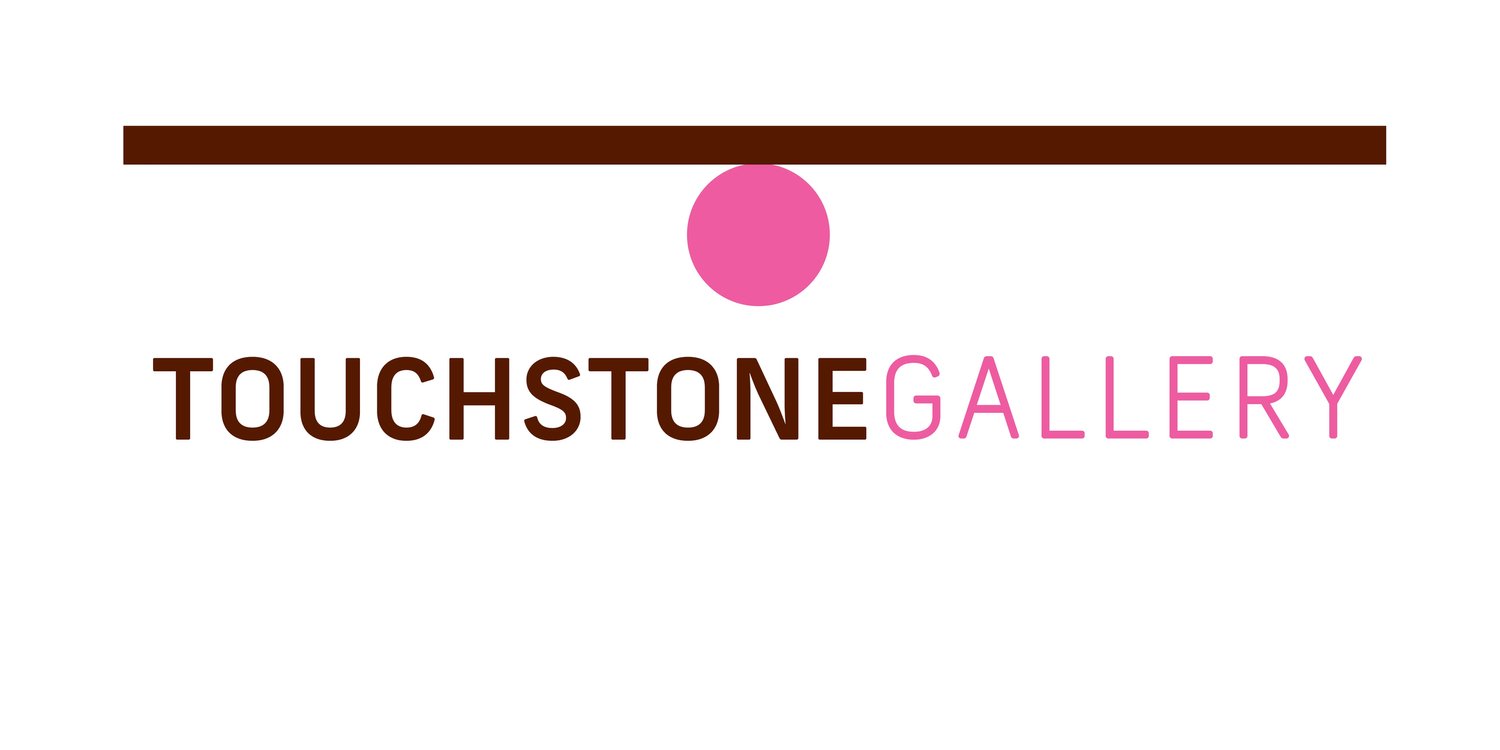As a child, chewing a wad of wax off a newly opened jelly jar, I did not know this gift from honeybees is used by artists to make long-lasting paintings. But then knowledge comes in fits and starts over one's lifetime, and now I do know a bit more about the whole ball of wax.
Georgia Nassikas, a new Touchstone artist, paints in the encaustic medium, so she has something in common with the ancient Egyptians who painted mummy portraits 1700 years ago -- and more recently Paul Klee, Wassily Kandinsky, Diego Rivera, Jasper Johns, just to name a few. All these artists painted at some time in their lives with the encaustic medium: hot beeswax infused with colored pigments.
While most artists these days buy their encaustic paints from an art supply house, Georgia decided seven years ago to go the whole nine yards and make her own, literally, from the five-nine honeybee hives in her back yard. There's no sting in the sweet, pure honey that she provides to nearby organic markets and her beeswax landscape paintings capture a certain soft light that salves the soul. As her paintings grow ever larger, Georgia supplements her home grown paint stash from other sources. After assembling materials in her barn studio, the painting fun begins for Georgia.
• Purified wax colors made by melting and mixing with Damar resin and pigments • Wood board • Heated palette and heat gun for melting the wax • Paint spatulas • Incising tools • Paint brushes • Vent fan
Solid wax colors are melted, applied to the surface using a brush, then heated with a tiny blowtorch to infuse the wax into the surface foundation or the layer of wax beneath it. "I have to work fast, because the liquid-to-solid state happens quickly,” says Georgia. It's a very physical process from start to finish. While the pigmented wax can be easily removed during the process, as long as the temperature range for the finished painting stays well below 160 degrees Fahrenheit, the painting is stable. Extreme cold is to be avoided so as to prevent the wax from becoming hazy. All in all, encaustic paintings are archival in normal living or museum spaces -- and in even temperate caves or desert tombs. Just don't put one in the trunk of your car in winter or summer! Rosemary Luckett




